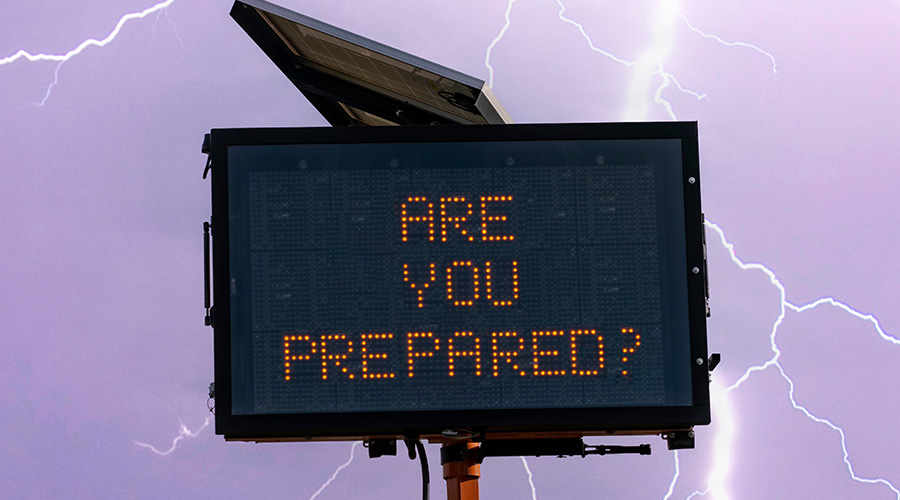DHS Creates Culture of Preparedness Among Schools
The U.S. Department of Homeland Security (DHS) has released a wide range of emergency preparedness resources to help schools create safe and secure environments for their students
The U.S. Department of Homeland Security (DHS) has released a wide range of emergency preparedness resources to help schools create safe and secure environments for their students. In order to advance school preparedness nationwide, DHS offers several planning and training resources to help local schools prepare comprehensive all-hazard emergency preparedness plans that are exercised regularly and developed in partnership with their community leaders and first responders. Following are some examples:
• Safe School Initiative: Established in collaboration by the U.S. Secret Service and the U.S. Department of Education’s Safe and Drug Free Schools Program, the Safe School Initiative (SSI) focuses on prevention and provides useful information about the thinking and behavior of students who commit acts of targeted violence. One of the key recommendations of the SSI was that schools form multidisciplinary threat assessment teams to assist with identifying, assessing and managing students who might pose a threat of targeted violence.
• Protecting Our School’s Infrastructure: DHS’ Office of Infrastructure Protection (OIP) has developed and issued Characteristics and Common Vulnerabilities, Potential Indicators of Terrorist Activity, and Protective Measures reports for public and private schools (K-12) and higher education institutions. With dual benefits in addressing both terrorism and criminal-related security issues, these resources are available to local law enforcement and school officials to help identify site-specific vulnerabilities, anomalies or incidents that may precede a terrorist attack or other kind of harmful incident, and certain measures that can be taken to better protect and create a safer environment.
• Protecting Against Man-Made or Terrorist Incidents: The DHS Federal Emergency Management Agency (FEMA) offers a series of manuals and publications to help schools address their physical design and layout as part of a mitigation process to protect against terrorist attacks and natural disasters. Some of these materials include: Design Guide for Improving School Safety in Earthquakes, Floods and High Winds, and Primer to Design Safe School Projects in Case of Terrorist Attacks.
• School Preparedness Training Courses: FEMA also offers several courses, both online and in person, through the Emergency Management Institute to help schools and district personnel develop emergency plans for all-hazards.
• Lessons Learned Information Sharing (LLIS): Established to help first responders, emergency planners and managers, and homeland security partners prevent, prepare for, and respond to terrorism, this web portal includes valuable best practices and lessons learned information, including a section on school emergency planning. Additional information may be found at
https://www.llis.gov.
• DHS “Ready” Campaign: A national public service advertising campaign produced by The Advertising Council in partnership with the Department of Homeland Security, the Ready Campaign is designed to educate and empower Americans to prepare for and respond to emergencies, including natural disasters and potential terrorist attacks.
• Citizen Corps: Created by President Bush in 2002, Citizen Corps provides Americans of all abilities with opportunities to gain information, training, and hands-on volunteer opportunities that increase community preparedness and resilience to all types of hazards.
Related Topics:










